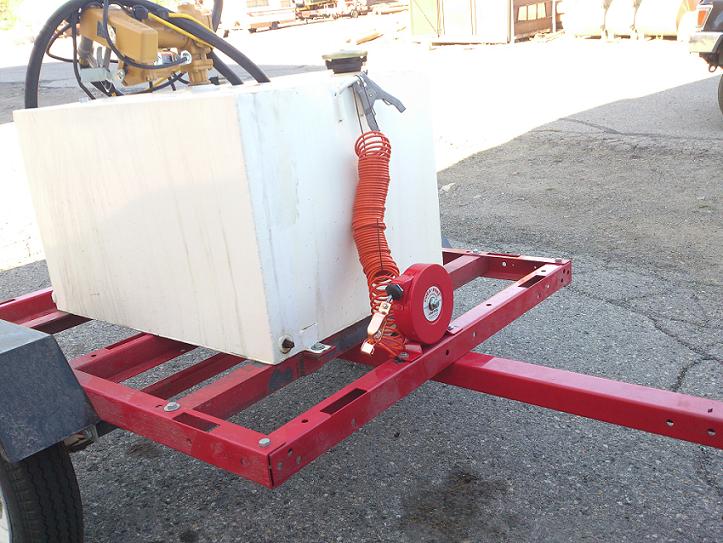SixPapaCharlie
May the force be with you
- Joined
- Aug 8, 2013
- Messages
- 16,075
- Display Name
Display name:
Sixer
I was doing my daily daydreaming on trade a plane and I came across a few planes that take mogas.
Is that just regular unleaded car fuel?
I don't see any airports near me that carry it and the 2 I do see, it is only about 10 cents per gallon cheaper than 100LL
How does it work?
Is that just regular unleaded car fuel?
I don't see any airports near me that carry it and the 2 I do see, it is only about 10 cents per gallon cheaper than 100LL
How does it work?






